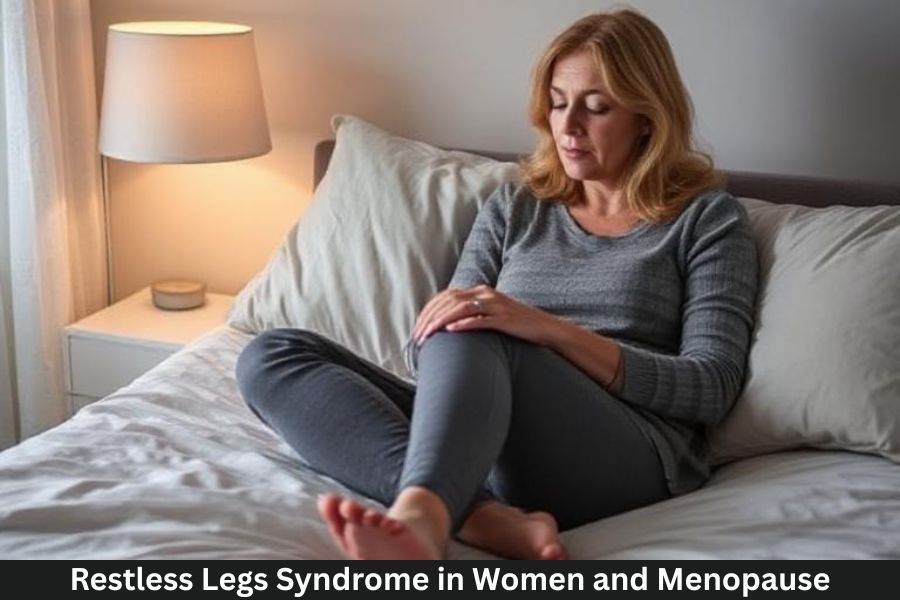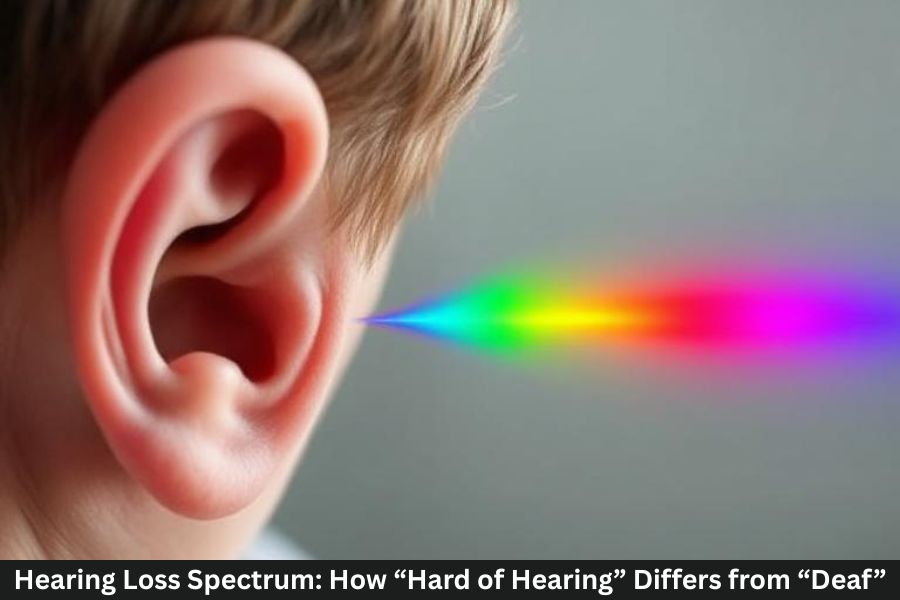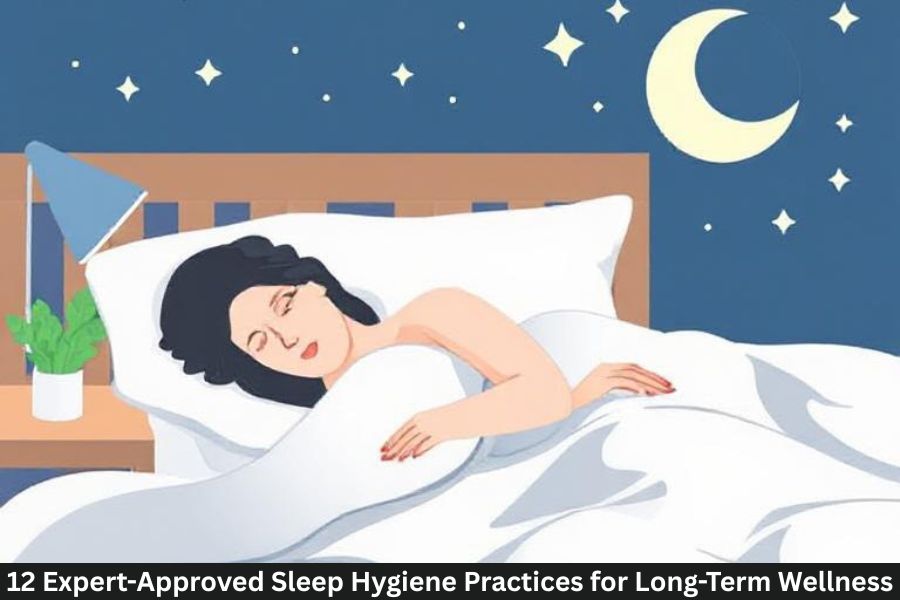Restless Legs Syndrome (RLS), also known as Willis-Ekbom Disease, is a neurological condition that causes an uncontrollable urge to move the legs, often accompanied by sensations like tingling, crawling, or itching. It typically worsens at night or when sitting still, making it difficult to relax or fall asleep.
Why RLS Is More Common in Women
Women experience RLS almost twice as often as men. This difference is linked to hormonal fluctuations during menstruation, pregnancy, and menopause. Since hormones play a key role in regulating the nervous system and dopamine (the brain chemical responsible for muscle control), shifts in estrogen can increase RLS symptoms.
Menopause and Its Link to Restless Legs Syndrome
During menopause, estrogen and progesterone levels drop, which can disrupt dopamine activity in the brain — a critical factor in RLS. Low estrogen also affects blood flow and muscle relaxation, worsening nighttime restlessness.
Additionally, menopausal women often experience hot flashes, insomnia, and anxiety, all of which contribute to increased leg discomfort and disrupted sleep cycles.
Common Symptoms of RLS During Menopause
Women with menopausal RLS often describe sensations such as:
- Tingling, crawling, or itching in the legs
- Strong urge to move the legs at night
- Temporary relief from movement
- Difficulty falling or staying asleep
- Daytime fatigue and irritability
Symptoms typically worsen in the evening, creating a frustrating cycle of restlessness and sleep deprivation.
Hormonal Fluctuations and Nervous System Changes
Estrogen helps regulate dopamine production, a neurotransmitter that controls movement. When estrogen drops during menopause, dopamine levels fluctuate, leading to increased leg sensations.
Moreover, menopause can cause iron and magnesium deficiencies, both essential for nerve and muscle health. A lack of these nutrients can aggravate RLS symptoms.
Lifestyle Factors That Make RLS Worse
Certain lifestyle habits can trigger or intensify symptoms:
- Caffeine and alcohol: Stimulate the nervous system, worsening restlessness
- Smoking: Reduces blood flow to the legs
- Lack of movement: Sedentary lifestyle affects circulation
- Stress and anxiety: Heighten nerve sensitivity and muscle tension
Identifying and modifying these habits is key to improving overall wellness.
Sleep Disruptions and Their Connection to RLS
Menopause already disrupts sleep due to hot flashes and night sweats. When RLS is added to the mix, sleep deprivation becomes chronic, leading to mood swings, fatigue, and cognitive fog.
Practicing good sleep hygiene—maintaining a consistent bedtime, limiting screens, and creating a cool, dark environment—can significantly reduce symptoms.
Diagnosing Restless Legs Syndrome
Doctors diagnose RLS based on symptom patterns and medical history. There’s no single test, but they may order:
- Blood tests to check iron or vitamin deficiencies
- Sleep studies to monitor leg movement during rest
- Neurological exams to rule out other conditions
Early diagnosis ensures proper management and better quality of life.
Natural Remedies for RLS in Menopausal Women
Many women find relief from non-medical interventions, such as:
- Increasing iron-rich foods (spinach, lentils, lean meats)
- Taking magnesium supplements (under medical guidance)
- Practicing leg stretches before bed
- Applying warm or cold compresses
- Using essential oils like lavender or peppermint
These natural methods can relax muscles, improve circulation, and calm the nervous system.
Dietary Tips to Reduce Symptoms
What you eat can directly affect your RLS severity.
Eat more of:
- Leafy greens, nuts, seeds, and whole grains
- Iron-rich foods (beef, lentils, beans)
- Vitamin B12 and folate-rich foods (eggs, avocados, citrus)
Avoid:
- Processed foods high in sugar or sodium
- Excess caffeine, especially after noon
- Alcohol close to bedtime
Proper nutrition supports nerve health and reduces inflammation, helping minimize symptoms naturally.
Exercise and Movement Therapy
Regular physical activity enhances circulation and reduces leg discomfort.
Try:
- Gentle stretching before bed
- Yoga or Pilates to relax muscles
- Walking or swimming to increase blood flow
Avoid overexertion, as it may worsen symptoms temporarily. Consistency matters more than intensity.
Mind-Body Relaxation Techniques
Mindfulness practices can ease both emotional and physical tension.
- Meditation: Helps reduce anxiety that triggers RLS
- Deep breathing: Calms the nervous system
- Massage or warm baths: Relieves tight muscles and promotes sleep
These small rituals can make a big difference in managing nighttime symptoms.
When to Seek Medical Help
If lifestyle changes aren’t enough, talk to your doctor. Persistent RLS may require:
- Iron supplements (if deficiency is detected)
- Dopamine agonists to regulate nerve signals
- Sleep or anxiety medications for short-term relief
A healthcare professional can customize treatment based on your hormone levels and overall health.
Living Comfortably With RLS During Menopause
Living with RLS doesn’t mean sleepless nights forever. With balanced nutrition, gentle movement, relaxation techniques, and professional guidance, you can minimize symptoms and reclaim restful sleep.
Remember: menopause is a transition, not a limitation. Caring for your body through this stage builds long-term health and resilience.
Conclusion
Restless Legs Syndrome during menopause can be challenging, but understanding the link between hormonal changes and nerve activity is the first step toward relief. By combining healthy habits, stress management, and mindful self-care, you can calm restless legs and improve both your sleep and quality of life.
Your body is changing—but with the right support, you can move through menopause feeling stronger, calmer, and more in control.
FAQs
1. Why does menopause make restless legs worse?
Hormonal fluctuations, especially a drop in estrogen and progesterone, can affect dopamine and nerve function, worsening RLS symptoms.
2. Can supplements help with RLS during menopause?
Yes, supplements like iron, magnesium, and vitamin D can help if deficiencies are present. Always consult your doctor before starting any.
3. Does hormone replacement therapy (HRT) help with RLS?
Some women find symptom relief through HRT, but results vary. Discuss risks and benefits with your healthcare provider.
4. Are there exercises that reduce restless legs at night?
Yes—leg stretches, yoga, and walking improve circulation and calm muscle nerves, reducing nighttime discomfort.
5. Can stress make restless legs syndrome worse?
Absolutely. Stress increases cortisol and nerve tension, which can trigger or intensify RLS sensations. Relaxation techniques help manage this.



